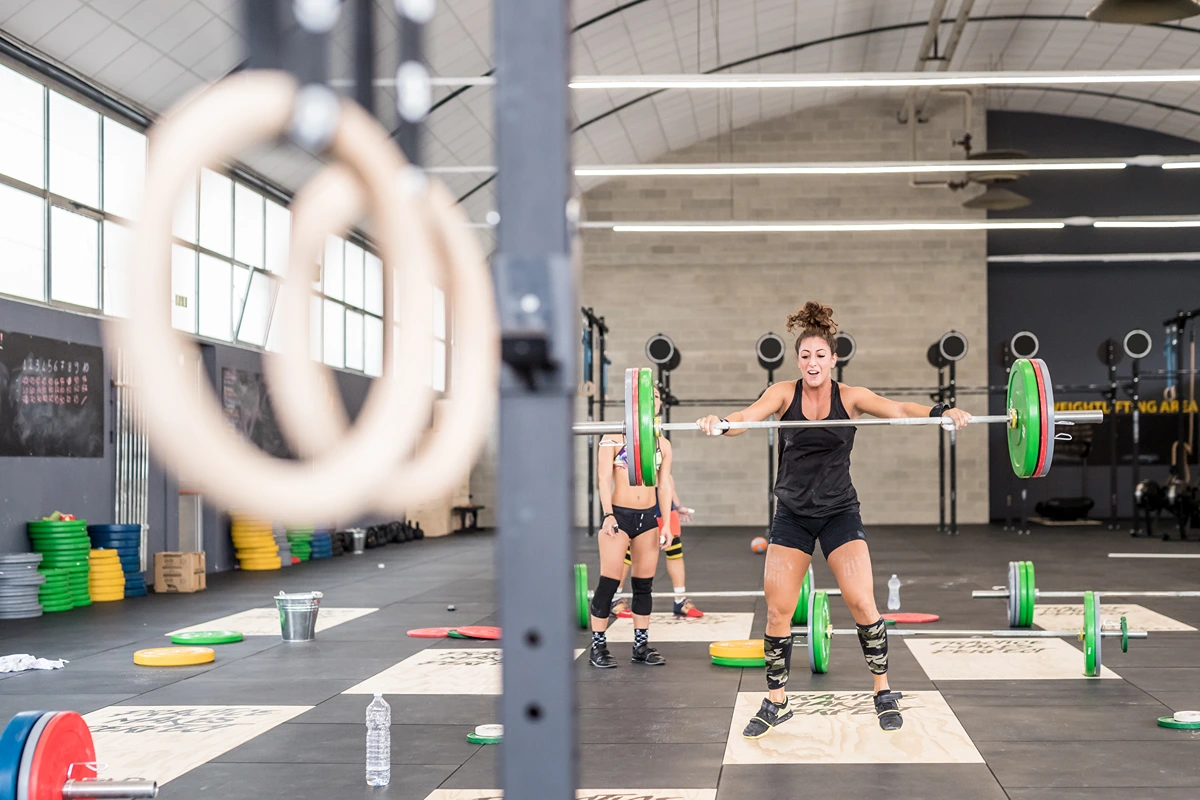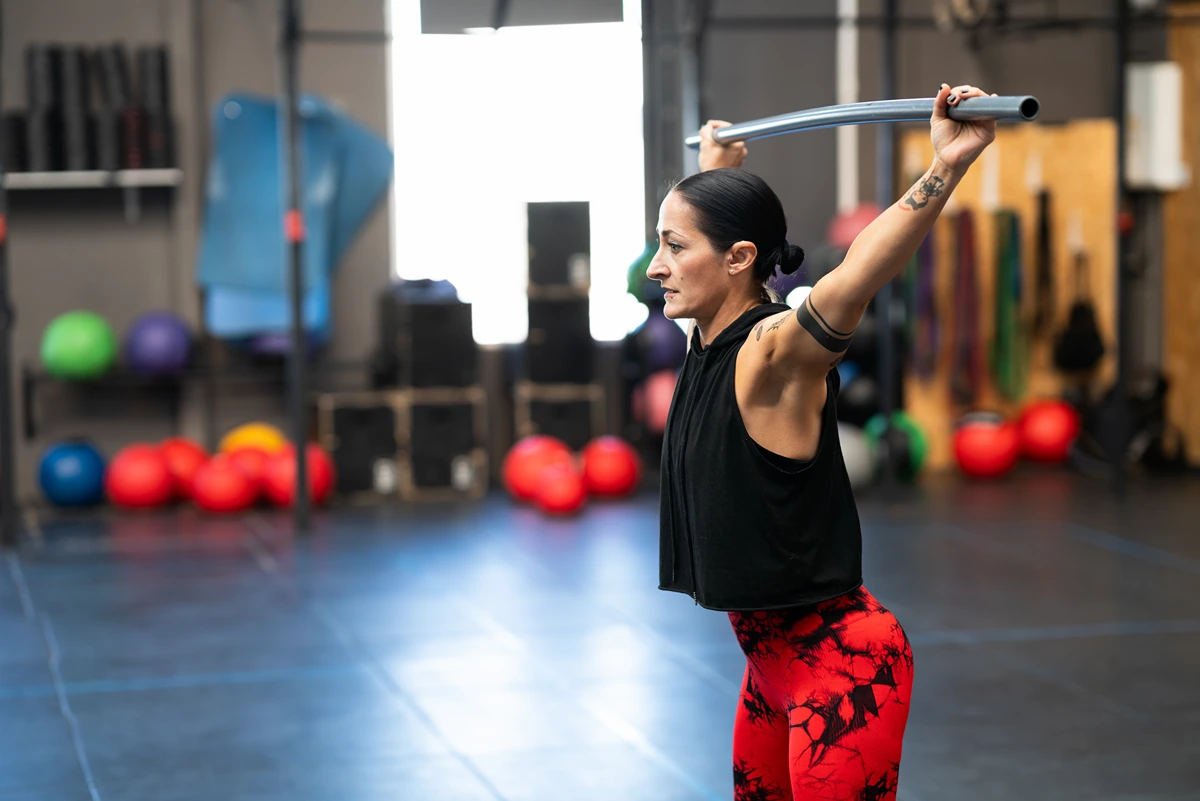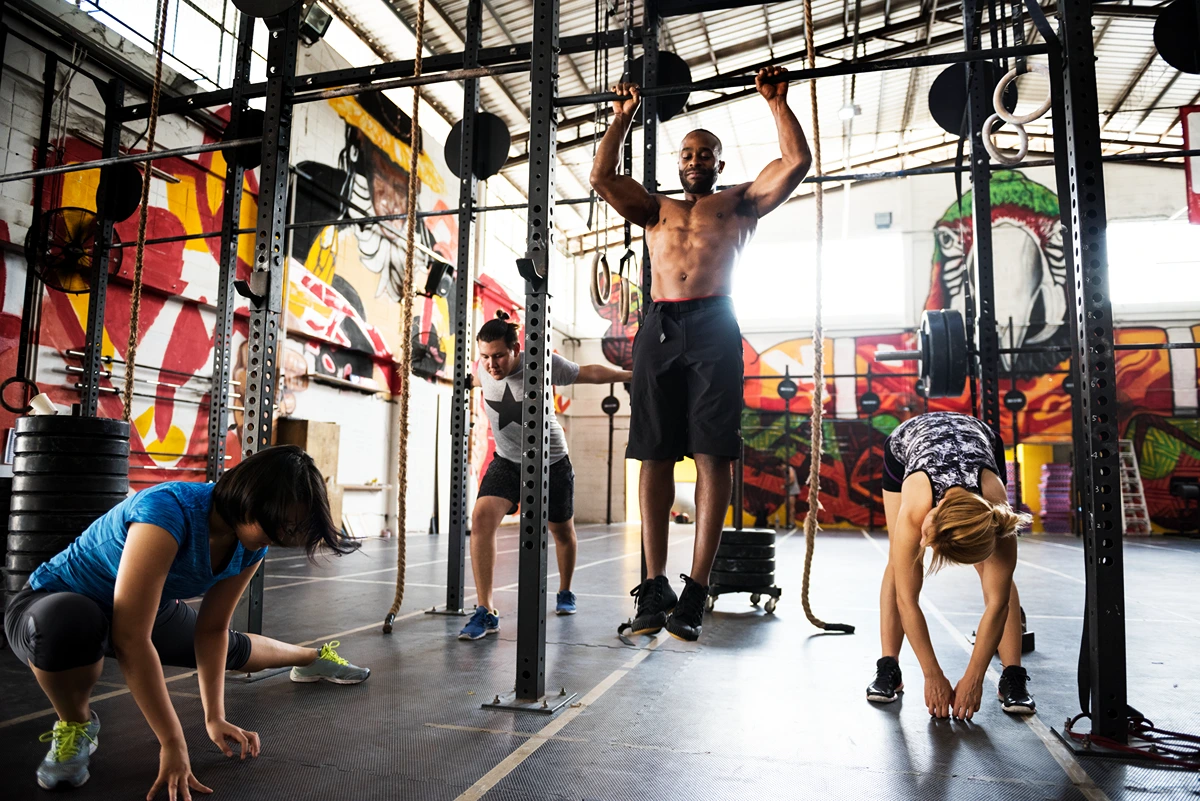

CrossFit, a high-intensity fitness training program, has gained immense popularity in recent years. However, it is not without controversy. In this article, we delve into the reasons behind the love-hate relationship people have with CrossFit.
CrossFit combines elements of weightlifting, cardio, and bodyweight exercises, pushing participants to their limits in intense workouts. It emphasizes functional movements, varied routines, and a sense of community.
Despite its popularity, CrossFit has sparked polarizing opinions within the fitness community. Some praise its effectiveness, camaraderie, and ability to deliver quick results. Others criticize its potential for injury due to improper form, excessive intensity, and lack of individualized programming.
To form a well-rounded perspective, it is crucial to understand both the positive and negative aspects of CrossFit. By exploring different viewpoints, we can appreciate the motivations and concerns of those who support or dislike this fitness regimen.
In the following sections, we will explore the benefits, drawbacks, and controversies surrounding CrossFit, providing you with a comprehensive understanding of this fitness phenomenon.

CrossFit, with its explosive workouts and sweat-inducing exercises, has gained both popularity and disdain in the fitness world. Some people are put off by the demanding nature of CrossFit workouts. But why is that?
High-intensity exercises, a cornerstone of CrossFit, can lead to an increased risk of injuries. Pushing your body to the limit without proper form or overexertion can spell trouble. Some common injuries associated with CrossFit include muscle strains, sprained ankles, and shoulder impingements.
But fear not! There are ways to mitigate these injury risks while still enjoying the intensity of CrossFit. It all starts with a proper warm-up routine to prepare your body for what's to come. Focusing on technique and maintaining good form throughout your workout is crucial. And remember, progress gradually instead of jumping into advanced movements right away.

CrossFit has gained a reputation for its intense workouts and competitive atmosphere. While some thrive in this high-pressure environment, others may find it intimidating or exclusive. Understanding the competitive side of CrossFit can shed light on why some people harbor negative feelings toward it.
In a CrossFit gym, the focus is on pushing your limits and constantly improving. This can be overwhelming for newcomers or casual exercisers who prefer a more relaxed approach to fitness. The pressure to meet certain performance standards in a group setting can make individuals feel out of their depth.
Moreover, concerns about exclusivity within some CrossFit communities and gyms add to the apprehension. There is a perception that only the fittest individuals are welcome, which can deter those who do not consider themselves athletic.
If the competitive aspects of CrossFit make you uncomfortable, know that there are alternatives. Seek out inclusive spaces or modified versions of CrossFit that prioritize community support and individual progress over the competition.

CrossFit is known for its intense and rigorous nature, leading to a reputation that can be intimidating. However, it's important to recognize that not all CrossFit participants fit the negative stereotypes. Let's address some misconceptions about CrossFit culture.
One prevalent stereotype is that CrossFitters are obsessed with their bodies and constantly show off their strength. While many take pride in their physical achievements, it doesn't make them vain or self-centered. Like any fitness community, CrossFit embraces diverse personalities and motivations.
Another stereotype is that all CrossFit participants are excessively competitive and obnoxious. While competition is significant in CrossFit, not everyone joins solely for that reason. Many are drawn to the supportive and motivating atmosphere of working out with others. Competitiveness can also be subjective and interpreted differently by individuals.
Criticism exists about an elitist mentality in some CrossFit gyms or communities. While some prioritize performance standards over inclusivity, many inclusive spaces welcome individuals of all fitness levels.
Understanding these stereotypes is crucial as they don't represent every person in CrossFit. Recognizing diversity within the community helps move away from generalizations and appreciate unique experiences and motivations.

In the fitness world, there are countless paths to achieving health and fitness goals. From yoga to weightlifting, everyone has their preferences and beliefs when it comes to exercise. However, some people just can't see eye-to-eye with CrossFit, leading to a clash of philosophies.
While CrossFit has gained immense popularity for its high-intensity workouts and community-driven atmosphere, it has also faced criticism from certain fitness professionals. They argue that the intense nature of CrossFit may not be suitable for everyone, especially those with pre-existing conditions or injuries. Additionally, some trainers believe that the focus on competition within CrossFit can overshadow other aspects of overall wellness.
It's important to remember that no single exercise program is a perfect fit for everyone. What works for one person may not work for another. It's all about finding balance and aligning your exercise routine with your own beliefs and preferences.
If you find yourself at odds with CrossFit's philosophy or feel like it doesn't align with your goals, don't despair! There are plenty of other fitness options out there that might be a better fit for you. Whether it's exploring different workout styles or finding an inclusive gym environment, there is something for everyone.

